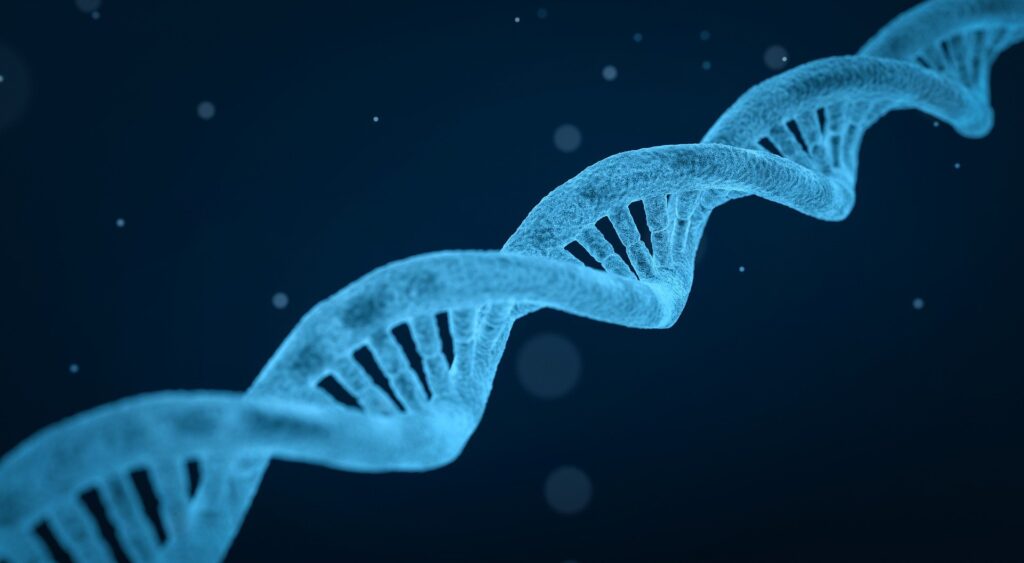Bacteriophage λ DNA Purification from Plate Lysates

Introduction Genomic DNA or cDNA clones are analyzed in a simple procedure that begins with the restriction digestion of phage DNA mini preparations. The digested DNA is then assessed by agarose gel electrophoresis. For the rapid analysis, one can purify bacteriophage DNA from plate lysates as well as liquid cultures. This method explains the purification […]
Cloning into Bacteriophage M13 Vectors

Introduction and Principle Insertion of foreign DNA into M13 cloning vectors is a bit tricky and includes the following steps: Ligating double-stranded DNA segments with cohesive termini into compatible sites in M13 double-stranded RF DNA. Transforming ligation products into competent male E. coli cells (plated in top agar supplemented with X-gal and IPTG. Picking and […]
Generation of Single-Stranded DNA with Phagemid Vectors

Introduction The vectors derived from filamentous phages containing a plasmid’s origin of replication are called phagemids (Qi et al., 2012). Phagemids comprise typical high-copy-number plasmids equipped with a major intergenic region (508bp in length) of a filamentous phage. This region does not encode any proteins; however, it comprises all the cis-acting sequences required to initiate […]
Hybridization based Screening of Bacteriophage DNA on the filters

Need Digital Health Services for your research? Click here Filters carrying immobilized bacteriophage DNA are labeled with 32P-labelled probes to screen by hybridization in situ. In this procedure, the filters are first submerged in a prehybridization solution (containing blocking solution) to reduce non-specific probe absorption. The filters are then incubated with a denatured radioactive probe […]
